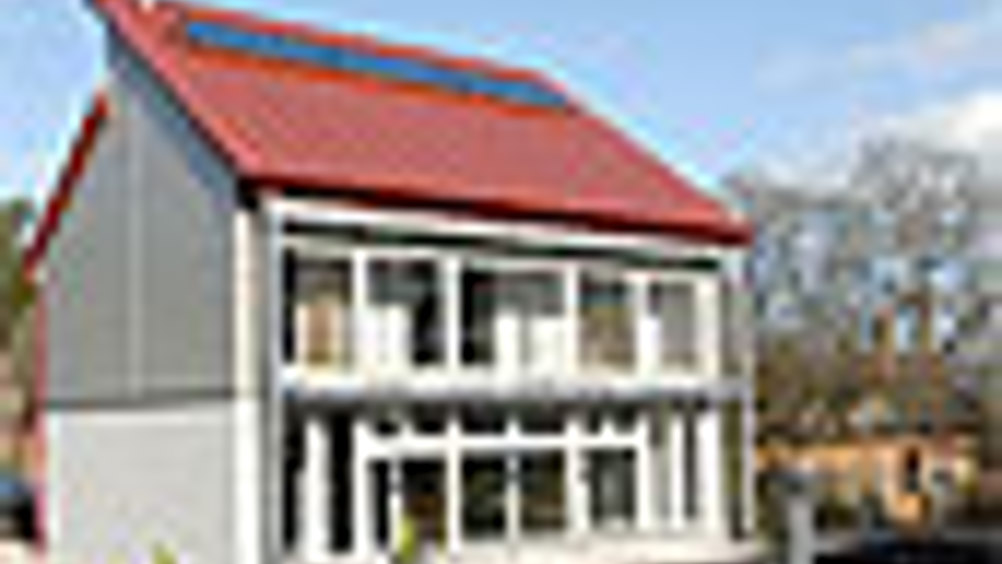Paint it black
Solar-reflecting pigments promise lower roof heat absorption to keep homes cooler, cut energy consumption and extend the roof’s lifetime. Siobhan Wagner reports

Black pigments designed to reflect the sun's heat could decrease the amount of stress on materials and save energy if used in coatings on domestic roofs.
Developed by
, the pigments differ from carbon black — the standard black pigments — because they reflect, rather than absorb, most of the invisible near infrared (NIR) radiation, which accounts for more than 50 per cent of the total incident solar energy.
The company is offering three grades — Paliogen Black, Lumogen Black and Sicopal Black — which have different NIR reflecting capabilities.
Paliogen and Lumogen both reflect up to 45 per cent of the total incident solar radiation energy, and Sicopal up to 30 per cent — and nearly all of the NIR, which is responsible for heat build-up.
By comparison carbon black has a known total solar reflectance (TSR) of less than five per cent. In trials, the lower NIR absorption compared to other black pigments resulted in a temperature decrease of up to 20ºC on the surface. So if these pigments were used in a roof coating they would not only be able to reduce material strain by releasing thermal expansion, but would also be able to keep homes cooler and save energy used by air-conditioning.
Register now to continue reading
Thanks for visiting The Engineer. You’ve now reached your monthly limit of news stories. Register for free to unlock unlimited access to all of our news coverage, as well as premium content including opinion, in-depth features and special reports.
Benefits of registering
-
In-depth insights and coverage of key emerging trends
-
Unrestricted access to special reports throughout the year
-
Daily technology news delivered straight to your inbox










UK Enters ‘Golden Age of Nuclear’
The delay (nearly 8 years) in getting approval for the Rolls-Royce SMR is most worrying. Signifies a torpid and expensive system that is quite onerous...